The Action of Tornadoes on the Structural Elements of a Wooden Low-Rise Building Roof and Surrounding Objects—Review and Case Study
Abstract
:Highlights
- Validation of the numerical model describing the response of the roof structure to the tornado,
- Estimation of the wind speed based on the degree of damage of the building based on the EF scale,
- Performance of analysis of ultimate and serviceable limit states of the rafter to the horizontal beam joint,
- Recommendation for structural connections between the rafter and wall plate.
Abstract
1. Introduction
1.1. Tornado Scale
1.2. Strong Wind Models
1.3. Theoretical Model
2. Tornadoes in 2015–2021
3. Fairburn Tornado Study
3.1. Fairburn Tornado in the Tornado Alley
3.2. Damages in Fairburn Due to Tornado
4. Building Analysis
4.1. Model of the Single Family Building
4.2. Calculation of Rafters Based on Eurocodes
Material and Its Strength
4.3. Load Analysis
4.3.1. Non-Standard Calculations--Based on the roof- structure collar beam: In situ Research
- (a)
- mid-range EF1 (158 km/h = 44.89 m/s, T1),
- (b)
- the transition value between the groups (178.5 km/h = 49.44 m/s, T2),
- (c)
- mid-range EF2 (198.5 km/h = 55.13 m/s, T3).
4.3.2. Standard Calculations—FEM Analysis
5. Numerical Analysis Results and Comparison of Strong Wind Analysis with Real Tornado Action
5.1. Low Wind Speed Load (LWS)
5.2. High Wind Speed Load, T1, T2, T3
5.2.1. Structure Deformation Analysis
5.2.2. Analysis of Internal Forces
5.3. Distributed Force Loading Based on Tangential Wind Speed
5.4. Anchorage Analysis of the Rafter
- (a)
- Fixing weakened by the anchor hole
- (b)
- Rafter weakened by shear stresses
5.5. Wind Speed Analysis Based on a Damaged Road Sign
6. Conclusions
Author Contributions
Funding
Institutional Review Board Statement
Informed Consent Statement
Data Availability Statement
Conflicts of Interest
References
- McDonald, J.R.; Mehta, K.C.; Mani, S. A Recommendation for an Enhanced Fujita Scale (EF-Scale), Revision 2. In Wind Science and Engineering; Texas Tech University: Lubbock, TX, USA, 2006; 111p. [Google Scholar]
- Fujita Tornado Damage Scale. Available online: https://www.spc.noaa.gov/faq/tornado/f-scale.html (accessed on 30 November 2022).
- Enhanced Fujita Scale. Available online: https://en.wikipedia.org/wiki/Enhanced_Fujita_scale (accessed on 30 November 2022).
- Fernandes, Y.M.S.; Machado, M.R.; Dutkiewicz, M. The Spectral Approach of Love and Mindlin-Herrmann Theory in the Dynamical Simulations of the Tower-Cable Interactions under the Wind and Rain Loads. Energies 2022, 15, 7725. [Google Scholar] [CrossRef]
- Dutkiewicz, M.; Machado, M.R. Spectral Element Analysis of Non-stationary Wind Acting on Overhead Transmission Line. In Acoustics and Vibration of Mechanical Structures—AVMS 2019, Proceedings of the 15th AVMS, Timisoara, Romania, 30–31 May 2019; Springer: Berlin/Heidelberg, Germany, 2019; pp. 463–471. [Google Scholar]
- EN 1990: Eurocode 0: Basis of Structural Design (EN 1990). Available online: https://www.phd.eng.br/wp-content/uploads/2015/12/en.1990.2002.pdf (accessed on 30 November 2022).
- EN 1991: Eurocode 1: Actions on Structures (EN 1991) Parts 1-1 to 1-7. Available online: https://www.phd.eng.br/wp-content/uploads/2015/12/en.1991.1.1.2002.pdf (accessed on 30 November 2022).
- EN 1992: Eurocode 2: Design of Concrete Structures (EN 1992) Parts 1-1 to 1-6. Available online: https://www.phd.eng.br/wp-content/uploads/2015/12/en.1992.1.1.2004.pdf (accessed on 30 November 2022).
- EN 1995: Eurocode 5: Design of Timber Structures (EN 1992) Parts 1-1 to 1-2. Available online: https://www.phd.eng.br/wp-content/uploads/2015/12/en.1995.1.1.2004.pdf (accessed on 30 November 2022).
- Davies-Jones, R.P.; Wood, V.T. Simulated Doppler velocity signature of evolving tornado-like vortices. J. Atmos. Ocean. Technol. 2006, 23, 1029–1048. [Google Scholar] [CrossRef]
- Lewellen, W.S. Tornado vortex theory, the tornado: Its structure, dynamics, prediction, and hazards. In Geophysical Monography; AGU: Washington, DC, USA, 1993; pp. 19–39. volume 79. [Google Scholar]
- Alexander, C.R.; Wurman, J.M. Updated mobile radar climatology of supercell tornado structures and dynamics. In Proceedings of the 24th Conference on Severe Local Storms, Savannah, GA, USA, 27–31 October 2008. [Google Scholar]
- Karstens, C.D.; Samaras, T.M.; Lee, B.D.; Gallus, W.A.; Finley, C.A. Near-ground pressure and wind measurements in tornadoes. Mon. Weather Rev. 2010, 138, 2570–2588. [Google Scholar] [CrossRef] [Green Version]
- Burgers, J.M. A mathematical model illustrating the theory of turbulence. Adv. Appl. Mech. 1948, 1, 171–199. [Google Scholar]
- Rott, N. On the viscous core of a line vortex. Z. Angew. Math. Phys. ZAMP 1958, 9, 543–553. [Google Scholar] [CrossRef]
- Bjerknes, V. The meteorology of the temperate zone and the general atmospheric circulation. Mon. Weather Rev. 1921, 49, 1–3. [Google Scholar] [CrossRef]
- Rankine, W.J.M. A Manual of Applied Physics, 10th ed.; Charles Griff and Co.: Pittsburgh, PA, USA, 1882; 663p. [Google Scholar]
- Sullivan, R.D. A two-cell vortex solution of the navier-stokes equations. J. Aerosp. Sci. 1959, 26, 767–768. [Google Scholar] [CrossRef]
- Alekseenko, S.V.; Kuibin, P.A.; Okulov, V.L. Theory of Concentrated Vortices; Springer: Berlin/Heidelberg, Germany, 2003. [Google Scholar]
- Hayashi, H.; Mitsuta, Y.; Iwatani, Y. Several tatsumakis and their damages in Bousou peninsula on December 11, 1990. J. Wind Eng. 1992, 51, 1–14. [Google Scholar] [CrossRef] [PubMed]
- European Severe Weather Database. Available online: https://eswd.eu/ (accessed on 30 November 2022).
- NOAA’s National Weather Service. Storm Prediction Center. Available online: https://www.spc.noaa.gov/climo/online/monthly/newm.html (accessed on 30 November 2022).
- Tornado Alley. Available online: https://pl.wikipedia.org/wiki/Aleja_Tornad (accessed on 30 November 2022).
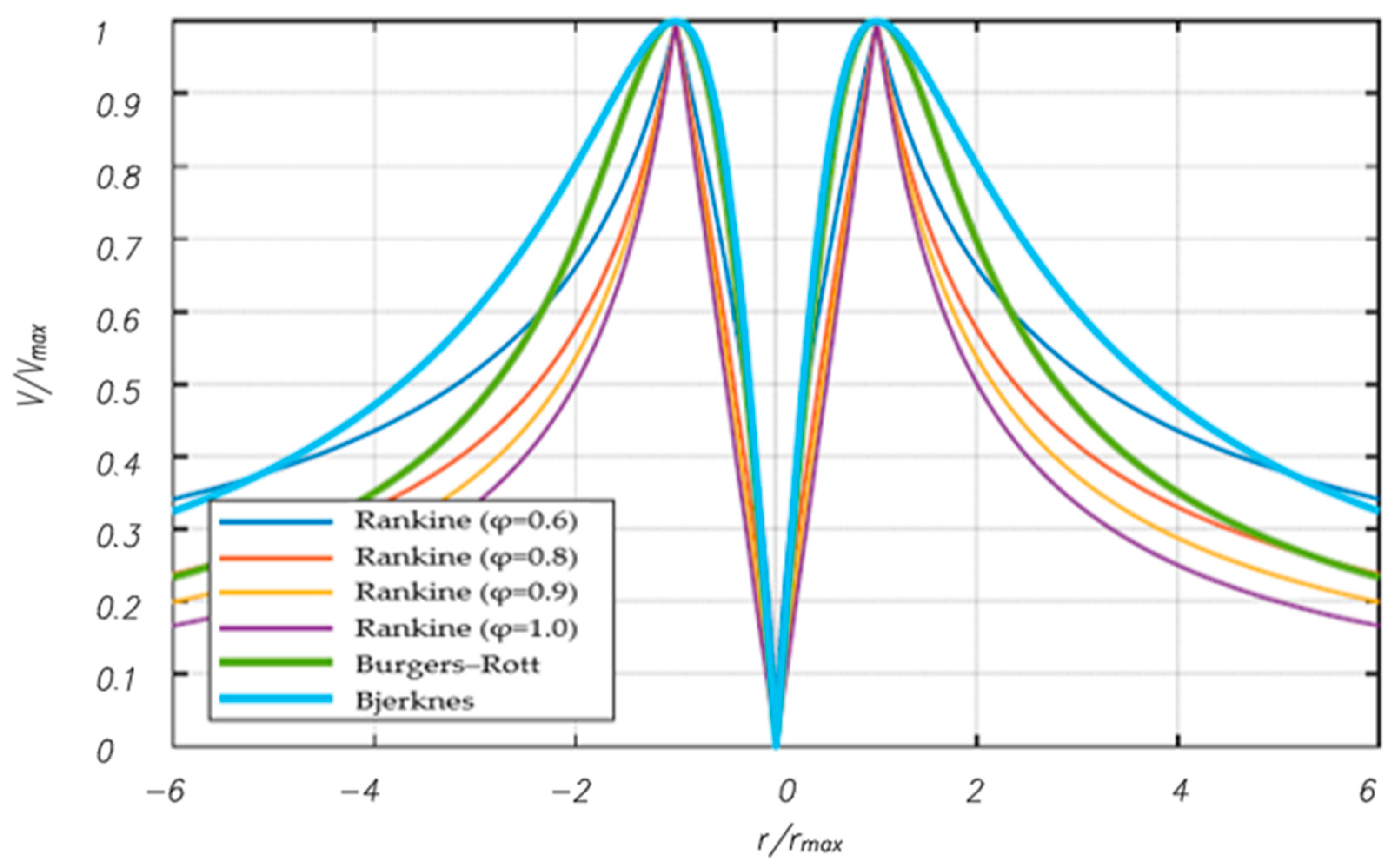
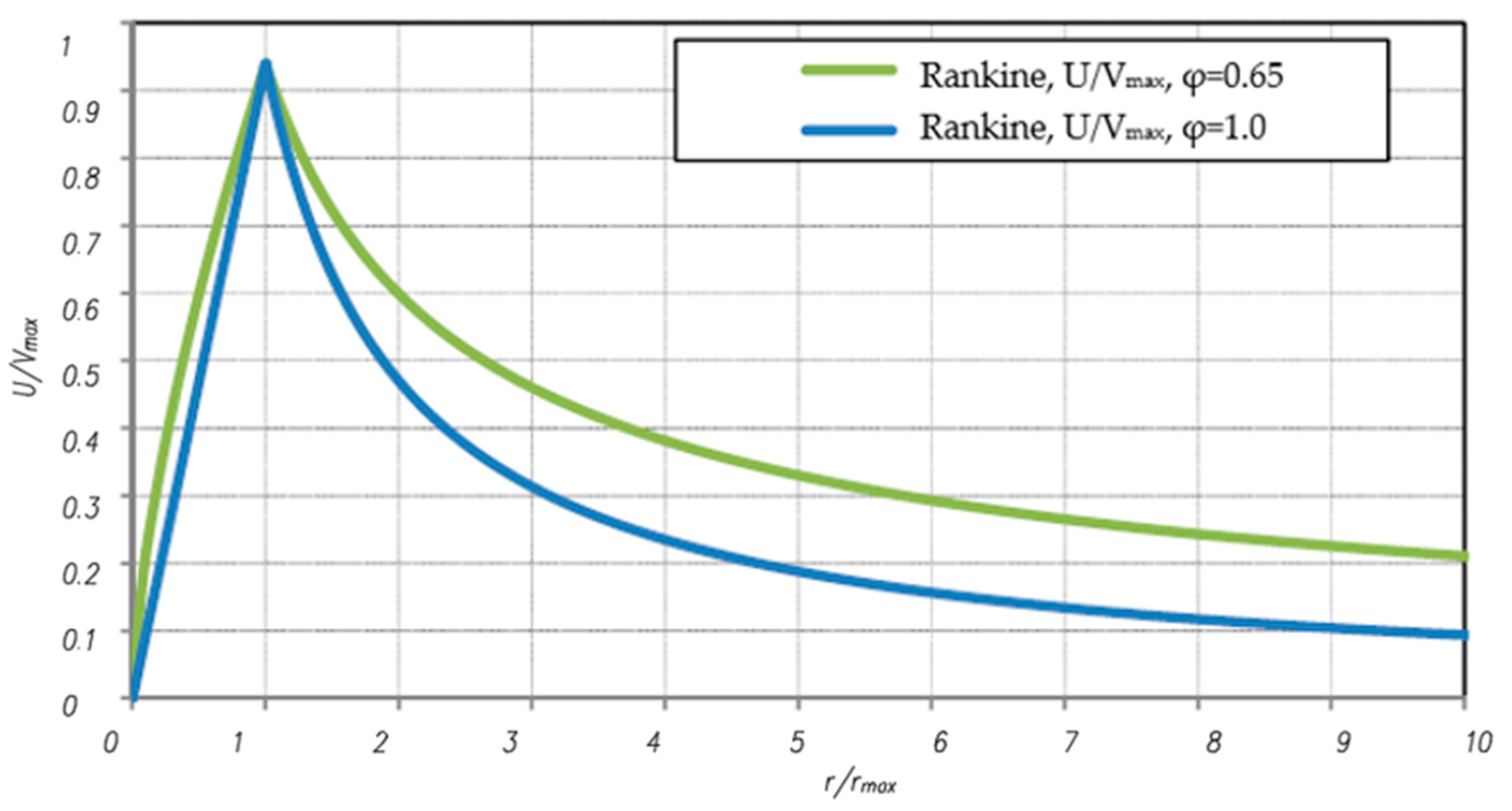

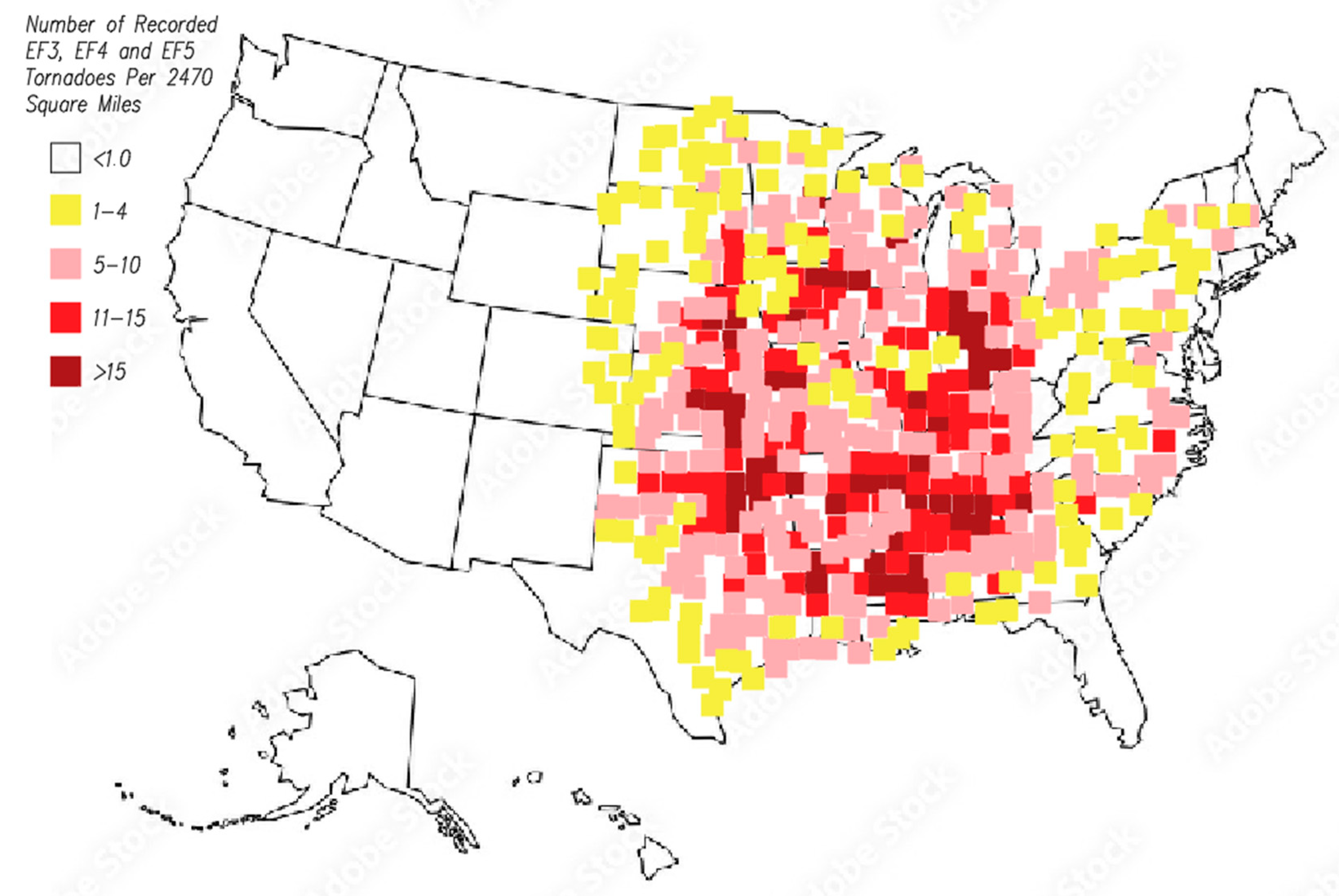
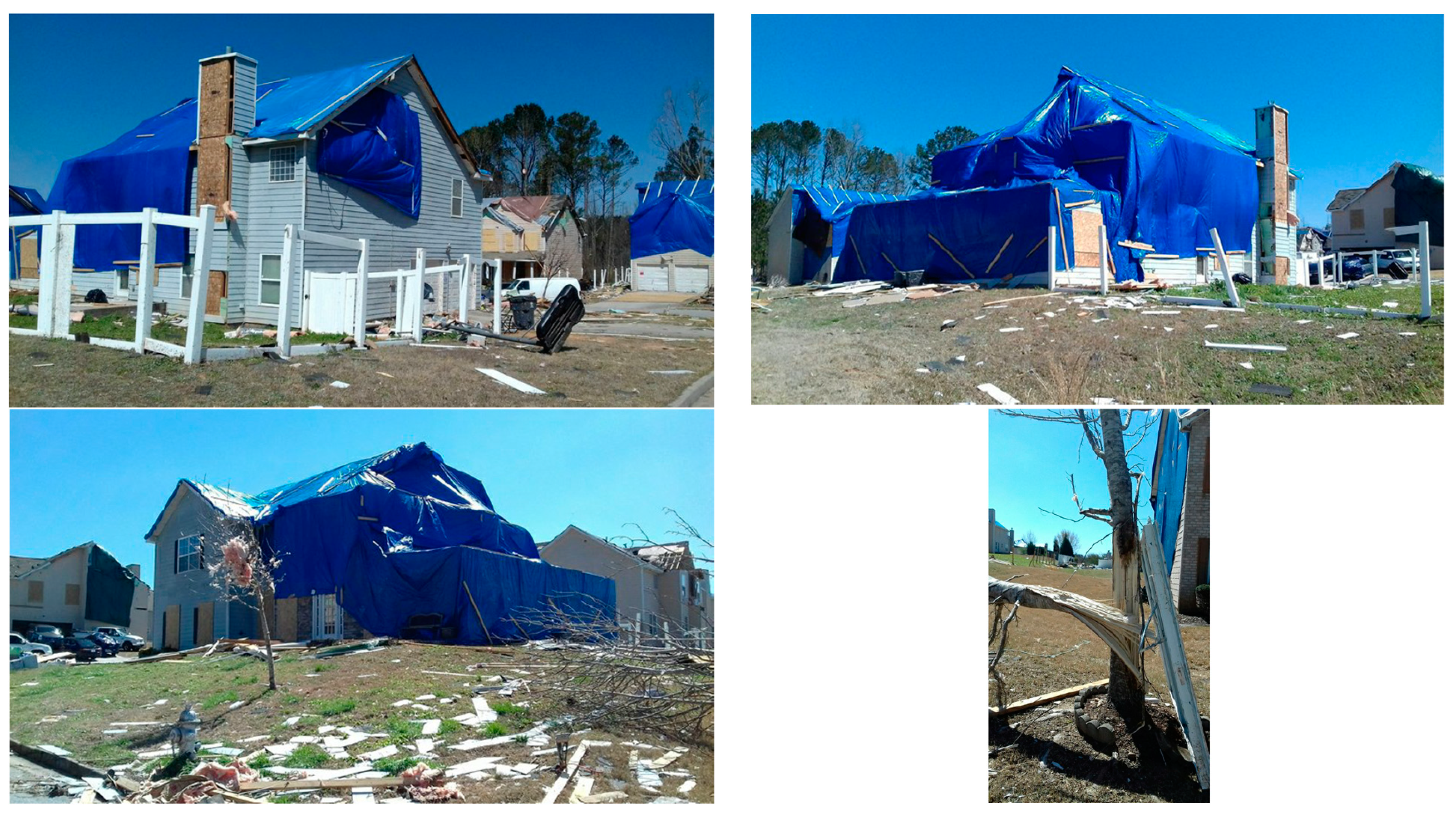
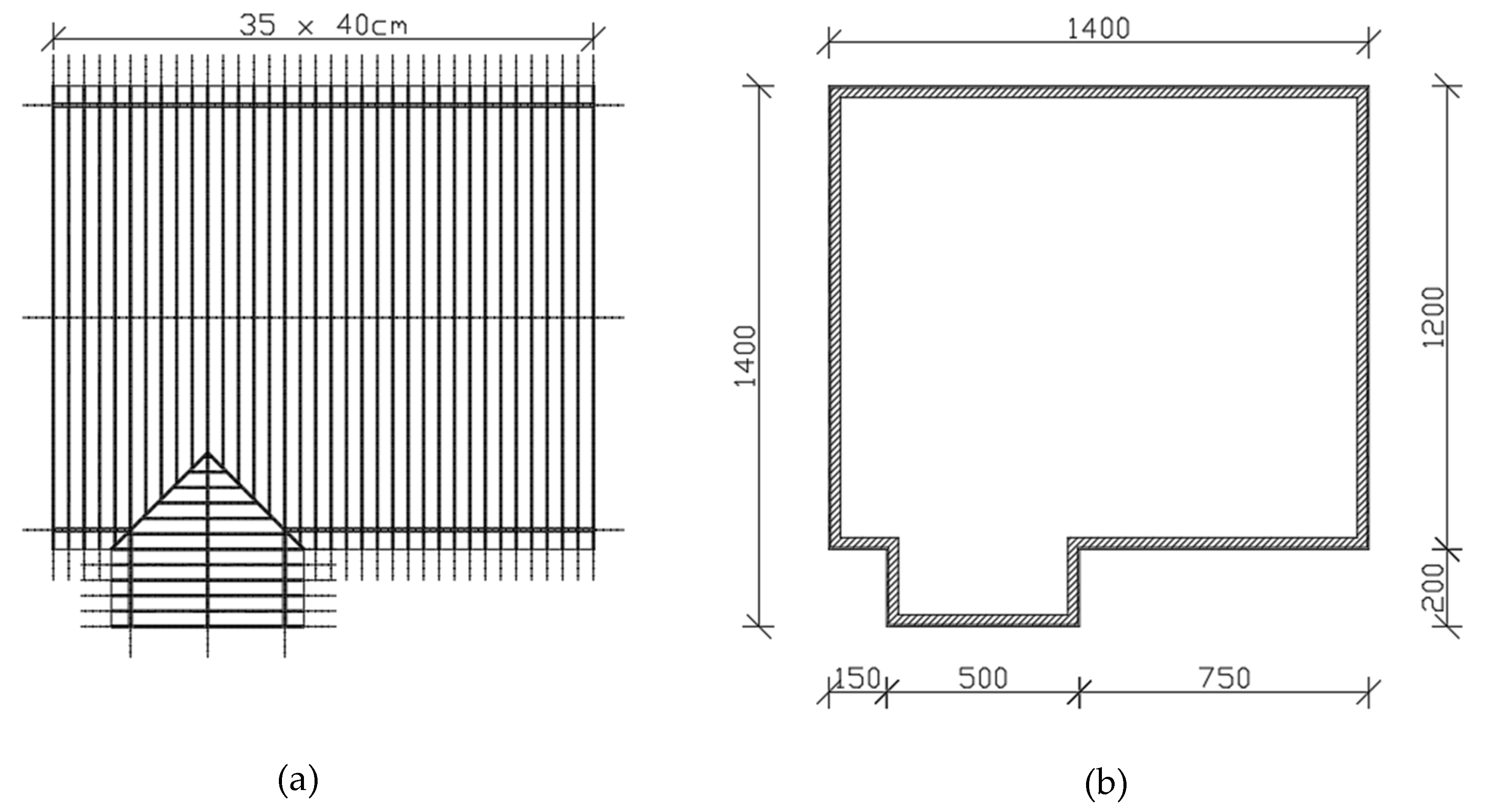

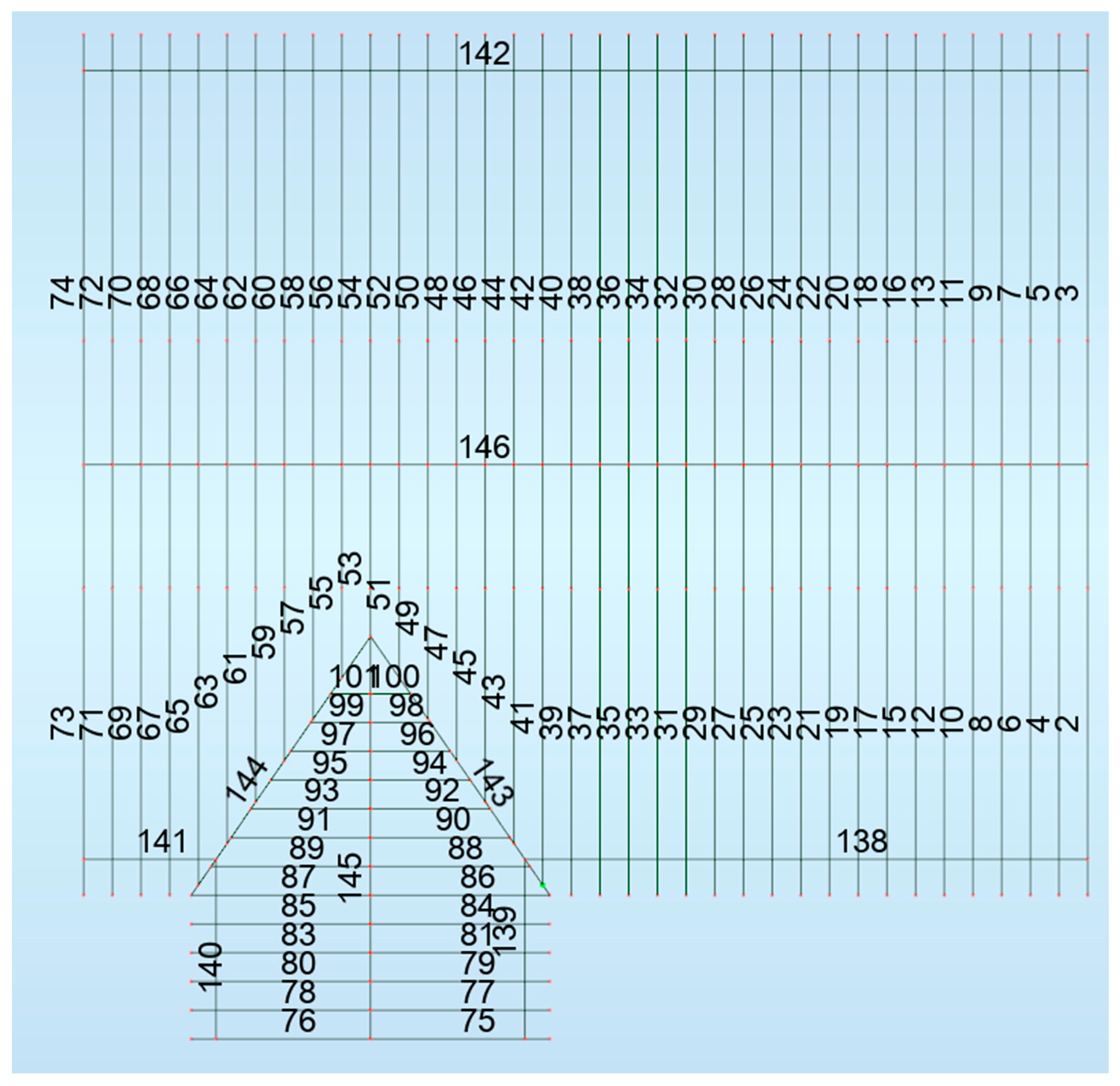

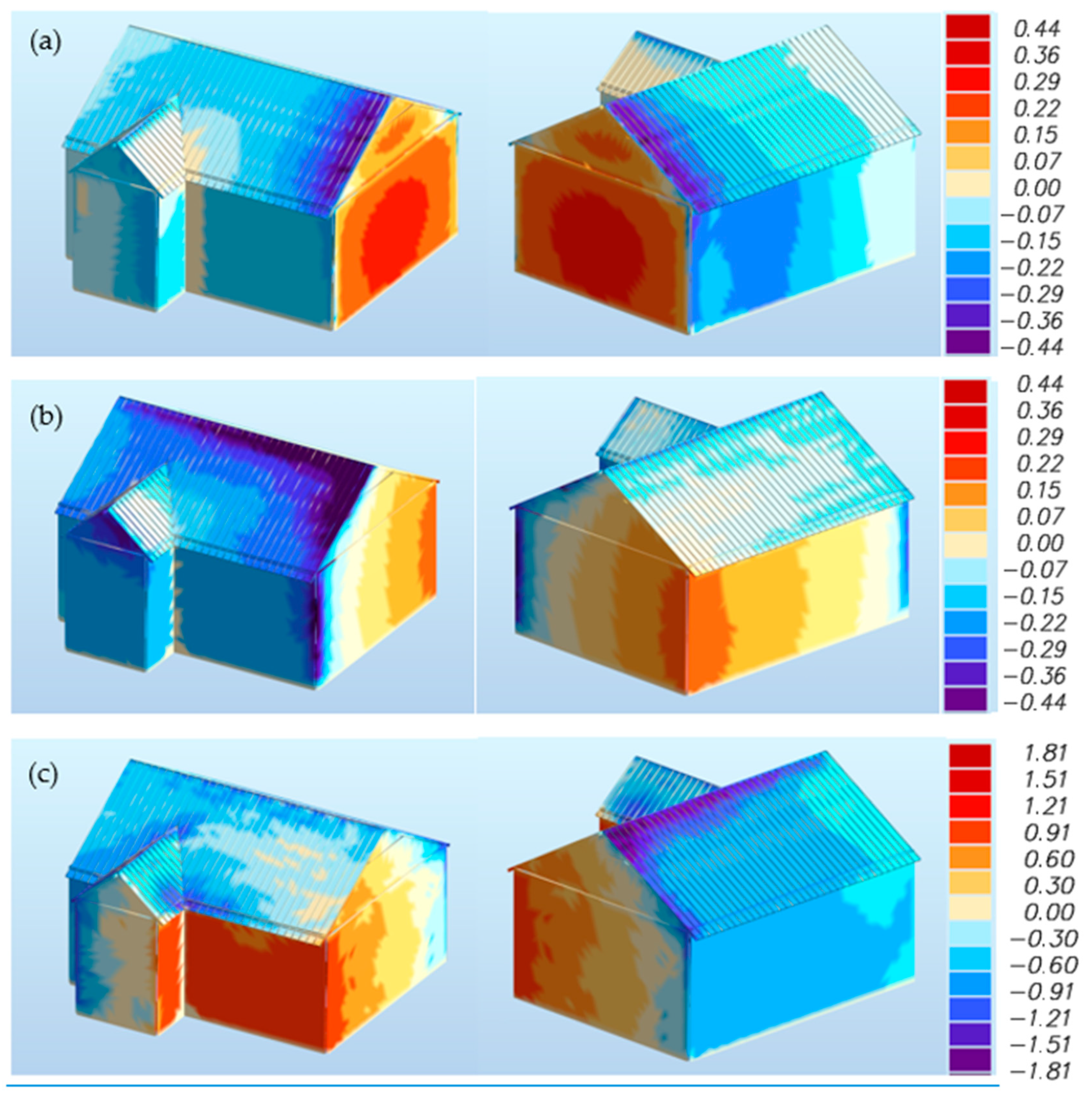
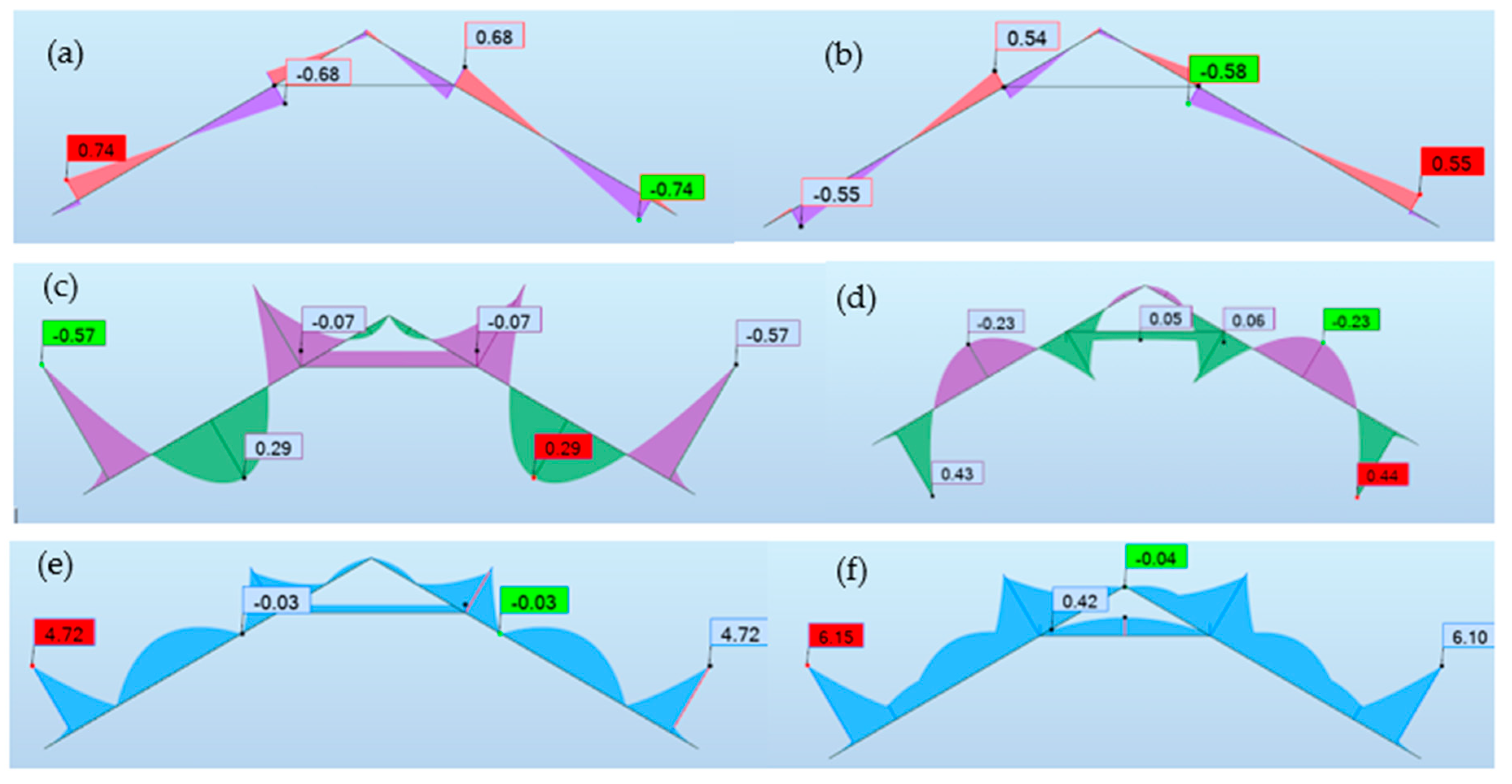
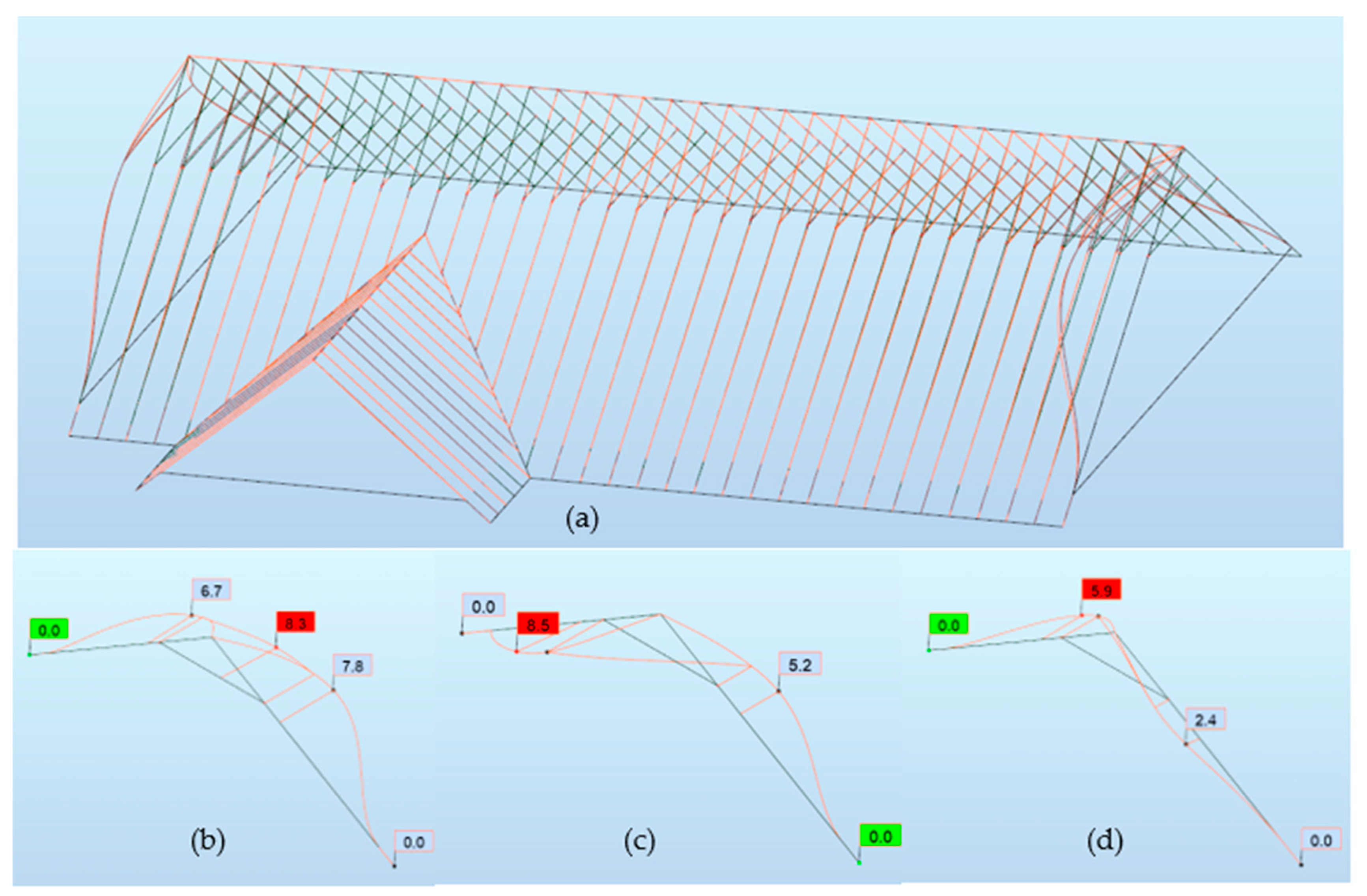

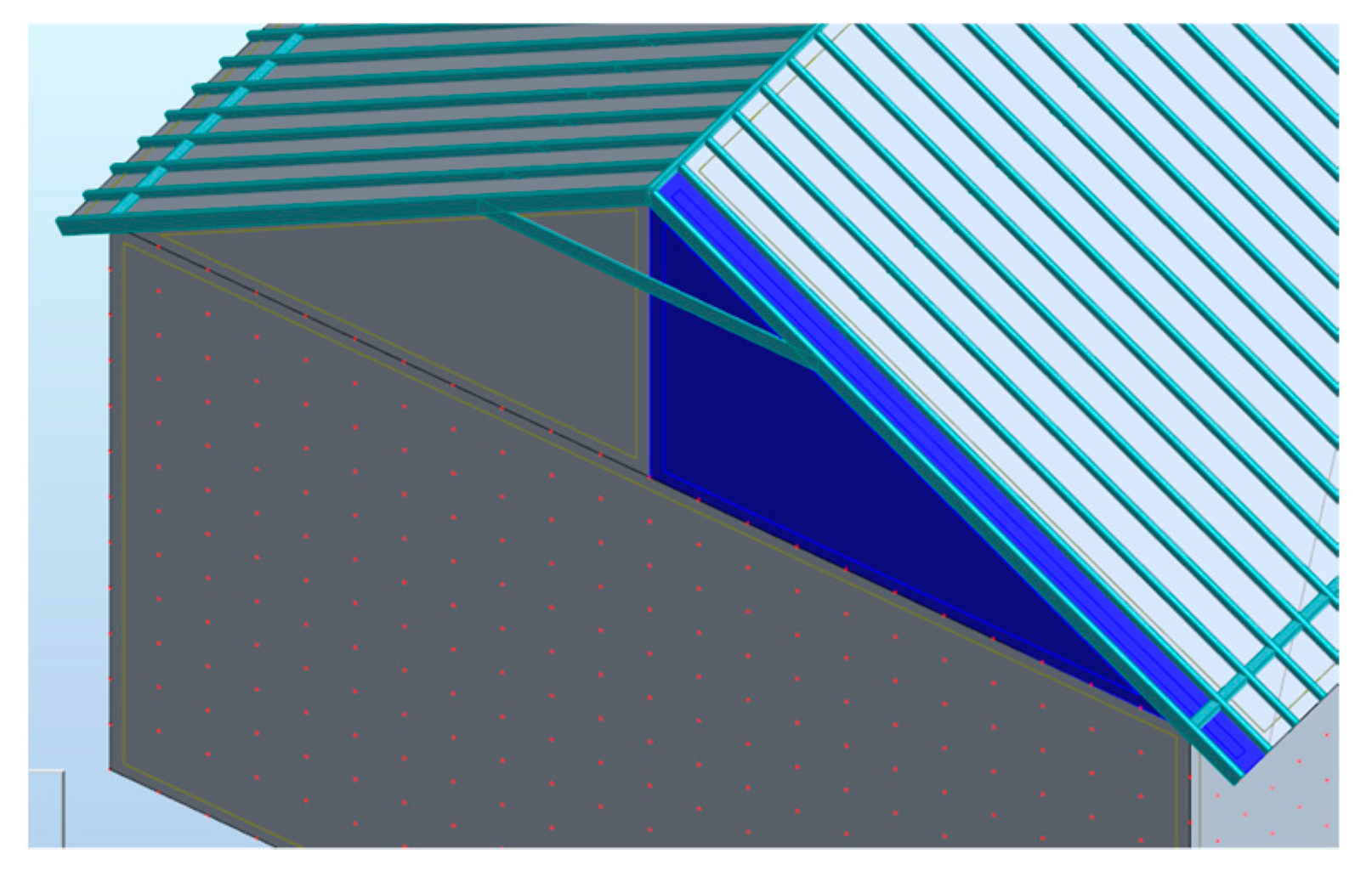
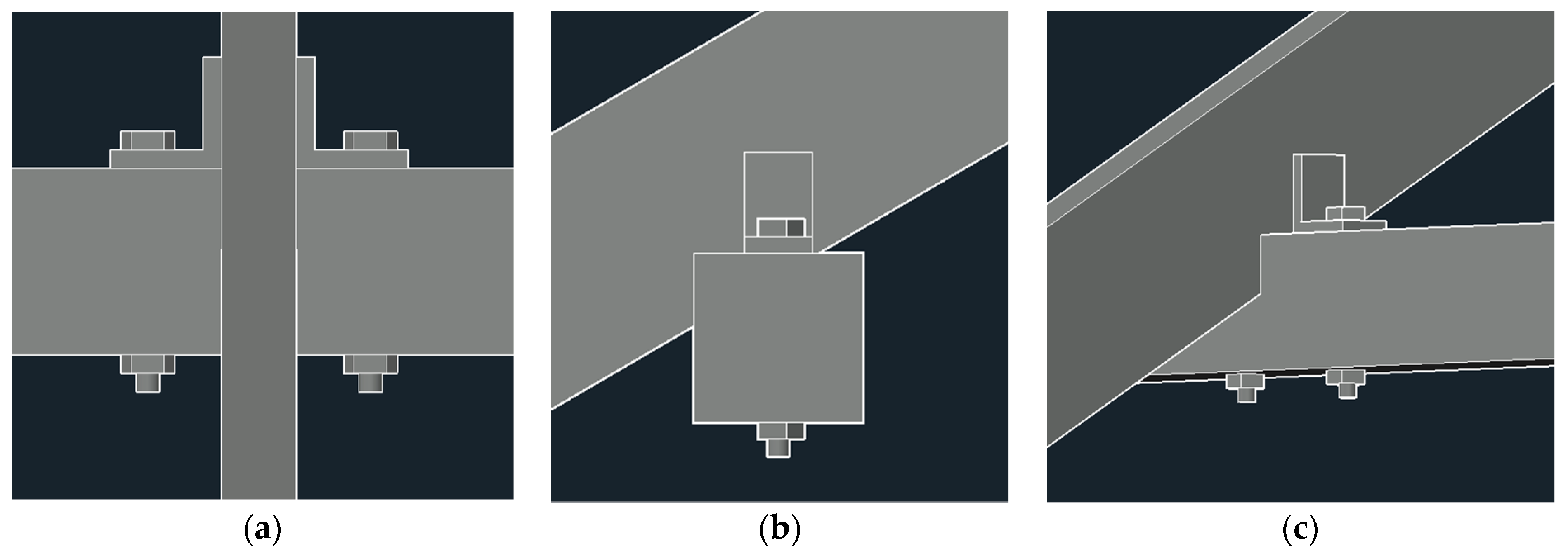
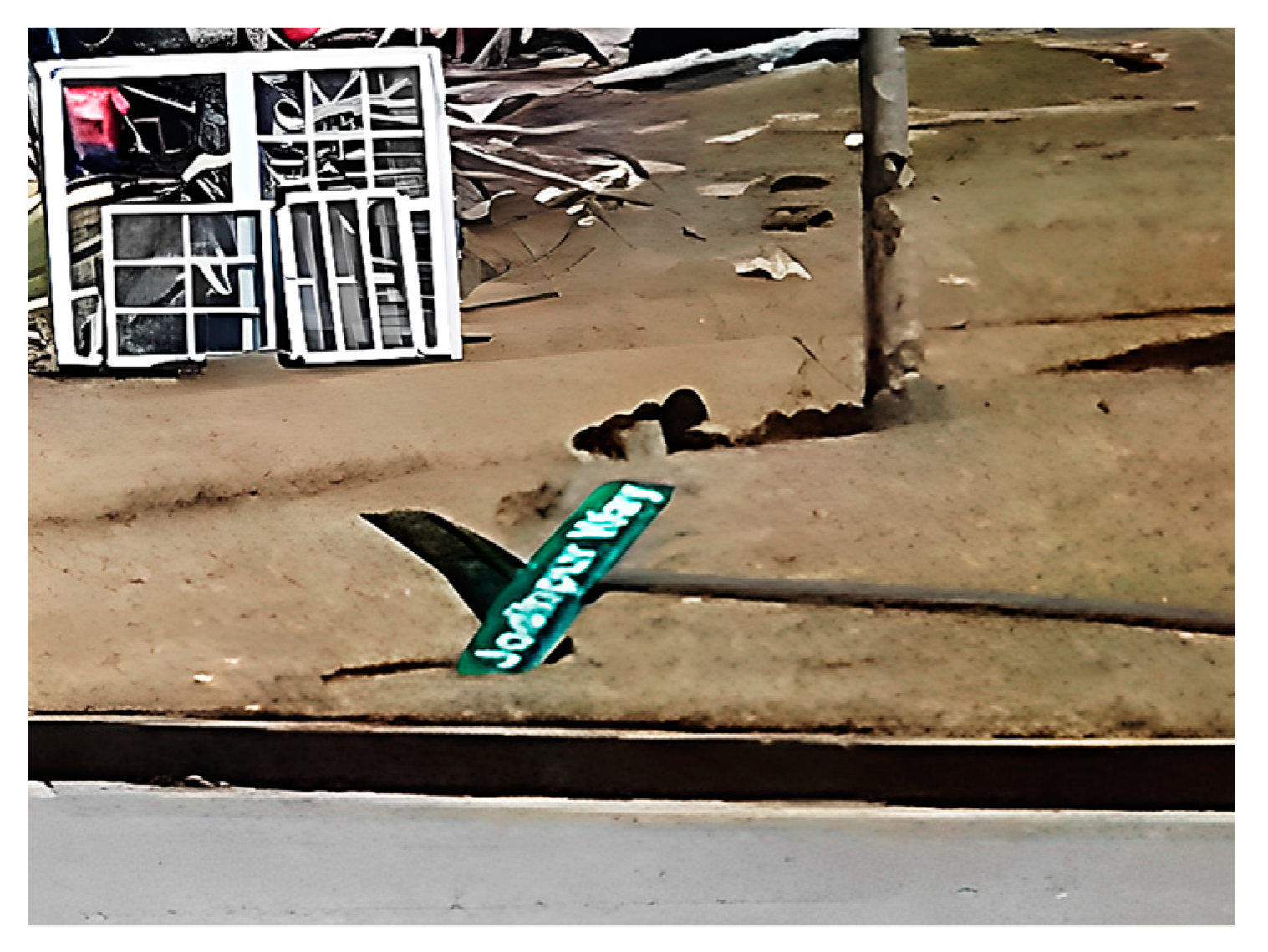
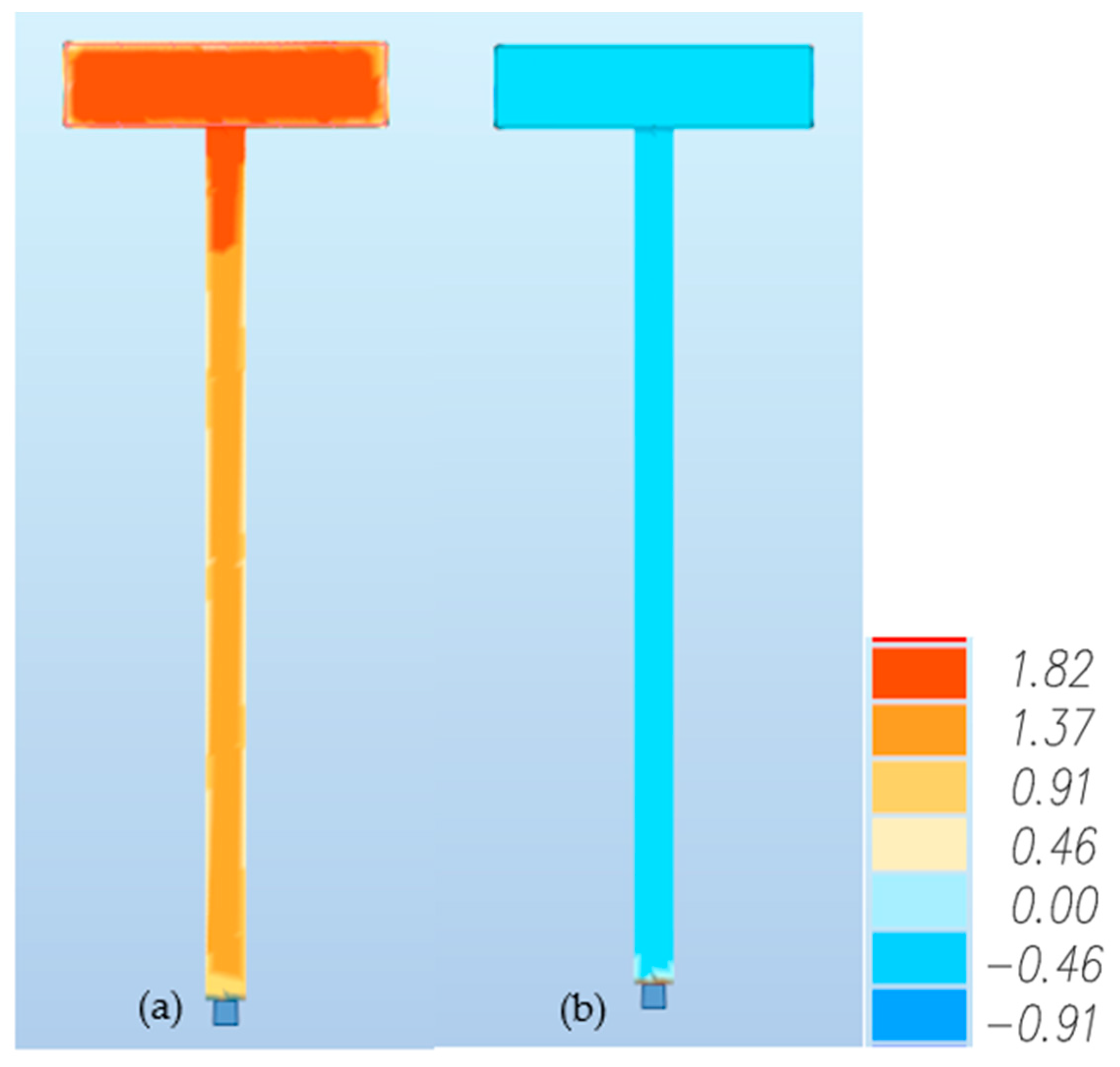
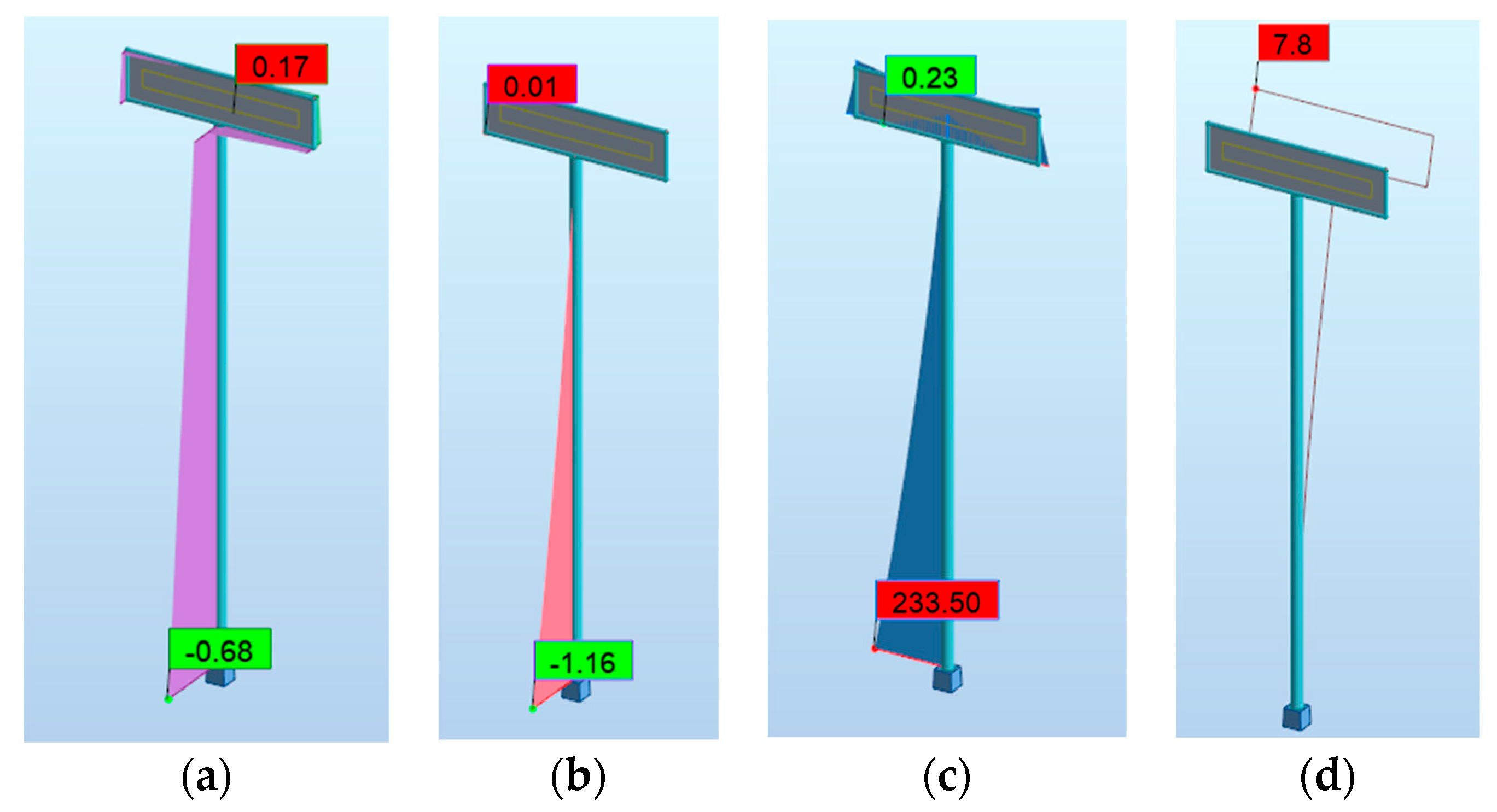
| Category | Wind Speed [km/h] | Frequency of Appearance [%] | Description of the Damage |
|---|---|---|---|
| EF0 | 105 to 137 | 38.9 | Damage to the roofs of houses, uprooted small trees and bushes |
| EF1 | 138 to 178 | 35.6 | Broken roofs, overturned and destroyed caravans |
| EF2 | 179 to 218 | 19.4 | Broken roofs made of solid structures, large trees uprooted, light cars lifted from the ground |
| EF3 | 219 to 266 | 4.9 | Entire floors of solid houses destroyed, damage to large buildings, derailed trains, heavier cars lifted from the ground |
| EF4 | 267 o 322 | 1.1 | Solid houses razed to the ground, cars thrown into the air |
| EF5 | Above 322 | Below 0.1 | Houses with a very strong frame razed to the ground foundations, cars moved over distances of up to 100 m, skyscrapers with deformed structures |
| Year | Poland | Europe | USA |
|---|---|---|---|
| 2015 | 4 | 573 | 1178 |
| 2016 | 11 | 848 | 976 |
| 2017 | 20 | 917 | 1418 |
| 2018 | 12 | 768 | 1123 |
| 2019 | 22 | 797 | 1571 |
| 2020 | 15 | 821 | 1075 |
| 2021 | 33 | 906 | 1379 |
| Parameter | Symbol | Unit | C14 | C16 | C18 | C20 | C22 | C24 |
|---|---|---|---|---|---|---|---|---|
| Bending | fm,k | MPa | 14 | 16 | 18 | 20 | 22 | 24 |
| Stretching along the fibers | ft,0,k | 8 | 10 | 11 | 12 | 13 | 14 | |
| Stretching across the fibers | ft,90,k | 0.4 | ||||||
| Compression along the fibers | fc,0,k | 16 | 17 | 18 | 19 | 20 | 21 | |
| Compression across the fibers | fc,90,k | 2.0 | 2.2 | 2.2 | 2.3 | 2.4 | 2.5 | |
| Shear (no cracks) | fv,k | 3.0 | 3.2 | 3.4 | 3.6 | 3.8 | 4.0 | |
| Load | W1 | W2 | W3 | |||
|---|---|---|---|---|---|---|
| Type | Value | Deflection | Deflection | Deflection | ||
| [kN/m2] | [km/h] | [m/s] | [mm] | [mm] | [mm] | |
| Dead load—Roof covering | 0.48 | - | - | 0.1 | 0.1 | 0.1 |
| Wind LWS | - | 79.2 | 22.00 | 1.4 | 1.3 | 1.1 |
| Wind T1 | - | 158.0 | 44.89 | 5.6 | 5.6 | 4.3 |
| Wind T2 | - | 178.0 | 49.44 | 6.8 | 6.9 | 4.8 |
| Wind T3 | - | 198.5 | 55.14 | 8.3 | 8.5 | 5.9 |
| Wind Direction—W1 | |||||||
|---|---|---|---|---|---|---|---|
| Load | Stresses | Bending Moment | Shear Force | Normal Force | |||
| Type | Value | ||||||
| [kN/m2] | [km/h] | [m/s] | [kPa] | [kNm] | [kN] | [kN] | |
| Dead load—Roof covering | 0.48 | - | - | 1.49 | 0.14 | 0.37 | 0.25 |
| Wind LWS | - | 79.2 | 22.00 | 4.05 | 0.44 | 0.54 | 0.11 |
| Wind T1 | - | 158.0 | 44.89 | 16.48 | 1.86 | 2.31 | 0.46 |
| Wind T2 | - | 178.0 | 49.44 | 20.13 | 2.29 | 2.84 | 0.57 |
| Wind T3 | - | 198.5 | 55.14 | 24.81 | 2.82 | 3.51 | 0.7 |
| Wind direction—W2 | |||||||
| Load | Stresses | Bending Moment | Shear Force | Normal Force | |||
| Type | Value | ||||||
| [kN/m2] | [km/h] | [m/s] | [kPa] | [kNm] | [kN] | [kN] | |
| Dead load—Roof covering | 0.48 | - | - | 1.49 | 0.14 | 0.37 | 0.25 |
| Wind LWS | - | 79.2 | 22.00 | 4.87 | 0.53 | 0.65 | 0.4 |
| Wind T1 | - | 158.0 | 44.89 | 21.25 | 2.31 | 2.82 | 1.73 |
| Wind T2 | - | 178.0 | 49.44 | 25.91 | 2.81 | 3.43 | 2.11 |
| Wind T3 | - | 198.5 | 55.14 | 32.09 | 3.49 | 4.25 | 2.59 |
| Wind direction—W3 | |||||||
| Load | Stresses | Bending Moment | Shear Force | Normal Force | |||
| Type | Value | ||||||
| [kN/m2] | [km/h] | [m/s] | [kPa] | [kNm] | [kN] | [kN] | |
| Dead load—Roof covering | 0.48 | - | - | 1.49 | 0.14 | 0.37 | 0.25 |
| Wind LWS | - | 79.2 | 22.00 | 2.07 | 0.31 | 0.4 | 0.21 |
| Wind T1 | - | 158.0 | 44.89 | 9.03 | 1.31 | 1.68 | 0.91 |
| Wind T2 | - | 178.0 | 49.44 | 14.44 | 2.09 | 2.66 | 1.47 |
| Wind T3 | - | 198.5 | 55.14 | 17.65 | 2.55 | 3.26 | 1.8 |
| Element | Stress | Shear Strength | Bearing Capacity |
|---|---|---|---|
| [MPa] | [MPa] | [%] | |
| Fixing | 2.82 | 4 | 71% |
| Rafter | 4.17 | 4 | 104% |
Disclaimer/Publisher’s Note: The statements, opinions and data contained in all publications are solely those of the individual author(s) and contributor(s) and not of MDPI and/or the editor(s). MDPI and/or the editor(s) disclaim responsibility for any injury to people or property resulting from any ideas, methods, instructions or products referred to in the content. |
© 2023 by the authors. Licensee MDPI, Basel, Switzerland. This article is an open access article distributed under the terms and conditions of the Creative Commons Attribution (CC BY) license (https://creativecommons.org/licenses/by/4.0/).
Share and Cite
Lamparski, T.; Dutkiewicz, M. The Action of Tornadoes on the Structural Elements of a Wooden Low-Rise Building Roof and Surrounding Objects—Review and Case Study. Appl. Sci. 2023, 13, 4661. https://doi.org/10.3390/app13084661
Lamparski T, Dutkiewicz M. The Action of Tornadoes on the Structural Elements of a Wooden Low-Rise Building Roof and Surrounding Objects—Review and Case Study. Applied Sciences. 2023; 13(8):4661. https://doi.org/10.3390/app13084661
Chicago/Turabian StyleLamparski, Tomasz, and Maciej Dutkiewicz. 2023. "The Action of Tornadoes on the Structural Elements of a Wooden Low-Rise Building Roof and Surrounding Objects—Review and Case Study" Applied Sciences 13, no. 8: 4661. https://doi.org/10.3390/app13084661






